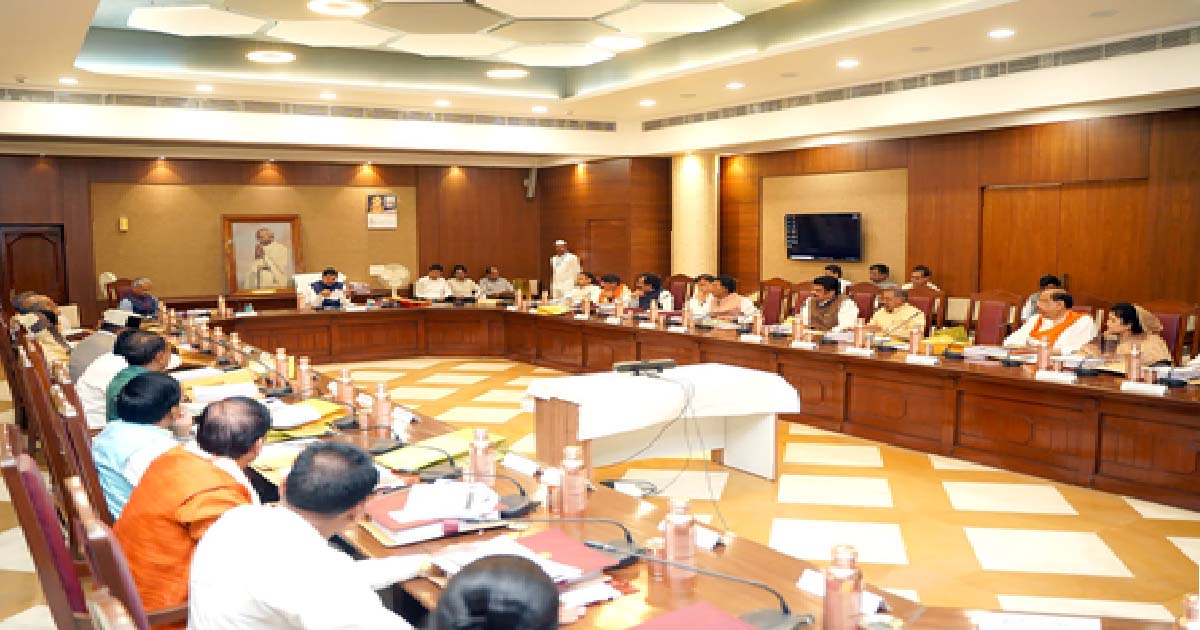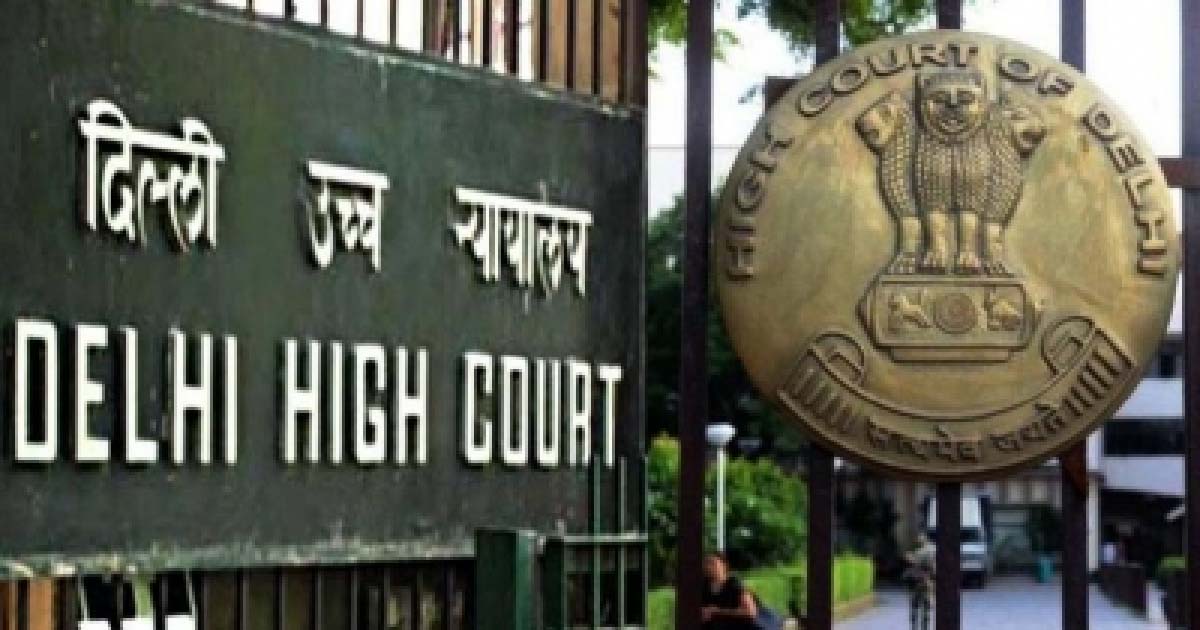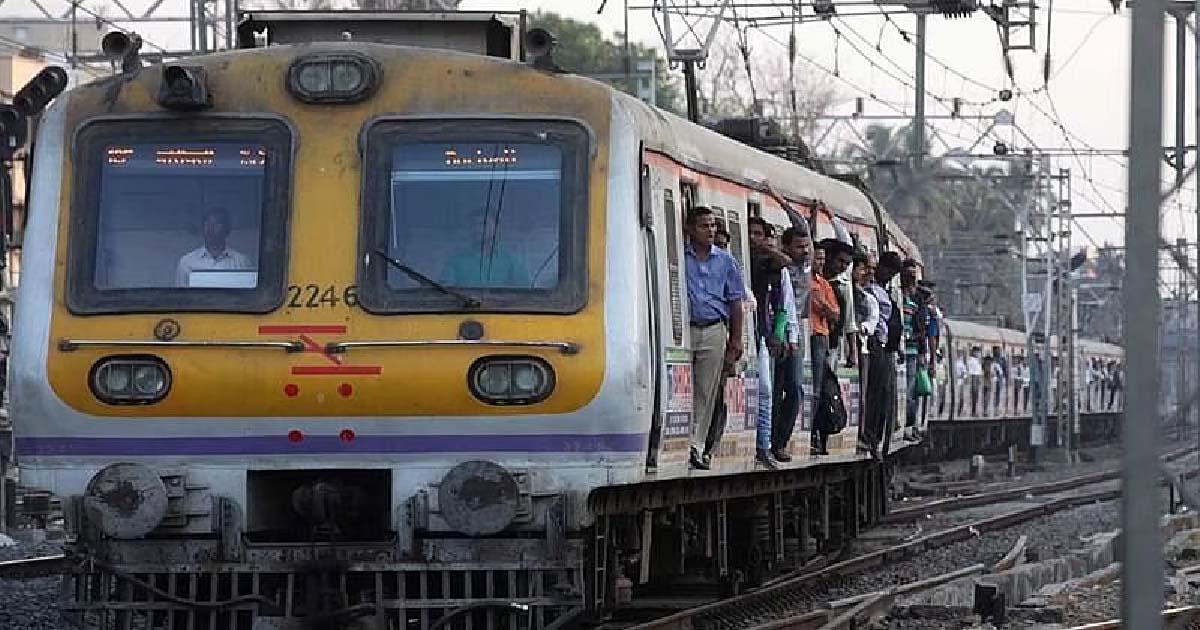National News
Madhya Pradesh comes up with Annadata Kalyan Mission in policy mode

Bhopal, April 15: In alignment with Prime Minister Narendra Modi’s vision of Gareeb, Yuva, Annadata, and Nari (Poor, Youth, Farmer, and Woman), the Madhya Pradesh government on Tuesday launched ‘Annadata Kalyan Mission’ (Farmers’ welfare mission) in a “Policy frame”.
The state cabinet in a meeting chaired by Chief Minister Mohan Yadav has approved the policy.
The state government is aiming to implement a comprehensive policy to increase farmers’ income through diverse activities beyond traditional agriculture.
“The policy has been designed to augment farmers’ earnings through allied sectors, adopting a multidimensional approach to their growth and prosperity. Over the years, agricultural productivity has shown remarkable progress, with yields per hectare rising from 1,195 kg in 2003 to 2,393 kg in 2024 — a significant increase of nearly 200 per cent,” said Kailash Vijayvargiya, the State Urban Development Minister.
The mission aspires to transform farmers into progressive entrepreneurs, promoting practices such as organic farming to boost productivity while safeguarding environmental health, the minister said.
Support will also be extended to farmers cultivating high-value horticultural crops, offering them better market returns. Programmes from horticulture, veterinary, and fisheries departments, among others, will be integrated to provide holistic assistance to the farming community, he said.
“We have already launched policies for the poor, youth, and women in mission mode, as envisioned in the Prime Minister’s GYAN concept. The Annadata initiative will also operate in mission mode,” he added.
Emphasising the state government’s commitment to farmers, the minister pointed out that the agricultural budget has witnessed an exponential rise — from Rs 600 crore during the previous administration to Rs 27,000 crore under the current regime. Furthermore, through the Nadi Jodo Abhiyan (river linking project), Rs 1,00,000 crore has been allocated to enhance irrigation infrastructure, with plans to expand irrigated land across the state. Agriculture now constitutes 39 per cent of the state’s GDP, he said.
“A high-level committee has been established under the chairmanship of Chief Minister Mohan Yadav, while another will be formed under the Chief Secretary’s leadership. Similar committees will be constituted at the district level to ensure streamlined implementation,” the Minister elaborated.
Highlighting the impressive growth in the agricultural sector, the Minister noted that the agriculture growth rate has surged from 3 per cent in 2003 to the current rate of 9.1 per cent, reflecting an extraordinary increase of over 327 per cent.
He attributed this achievement to consistent hikes in the Minimum Support Price (MSP) for farm yields and the implementation of various welfare initiatives aimed at bolstering the farming community.
Acknowledging the challenges posed by climate change, the Minister underscored the need to adapt farming practices accordingly. “Sustainable agriculture and biodiversity are being prioritised to ensure resilience and sustained productivity,” he said.
To promote millet cultivation on a large scale, the government has launched schemes focusing on Shree Anna.
Sharing an example from Rourkela, the Minister remarked, “When I visited the town, I saw women who were well-dressed and adorned with gold jewelry — a testament to the success of Shree Anna cultivation, which has significantly enhanced their family incomes,” Vijayvargiya said.
“They sell millet at Rs 60 per kg, compared to the previous Rs 1-2 per kg, illustrating the transformative impact of this initiative. Ensuring farmers receive the right price for their produce remains a priority,” the Minister said.
The Farmers Welfare Department of Madhya Pradesh and the Horticulture Cooperative Department will collaborate to drive farmer development.
Complementary measures such as interventions in public health and medical education, are being introduced to support rural communities.
Collectively, these policies aim to revolutionize the agricultural sector, empowering farmers to achieve sustainable and profitable livelihoods.
Financial assistance under the mission is designed to alleviate farmers’ economic burdens by offering affordable loans tailored to their needs, the Minister added.
Mumbai Press Exclusive News
Mobile phones banned at Mumbai BMC election polling centre

Preparations for the Mumbai Municipal Corporation (BMC) elections are in the final stages. On the instructions of the Election Commission, Mumbai Police has banned mobile phones at polling stations and the use of mobile phones is prohibited within a radius of 100 meters. The code of conduct will be applied at polling stations. There will be a complete ban on the use of mobile phones and wireless within 100 meters. In addition, advertising campaigns and advertising of election symbols are also prohibited. Candidates cannot attract voters at polling stations. If anyone is found involved in this process, action will be taken against them. This order has been issued by Mumbai DCP Operation Akbar Pathan on the instructions of Mumbai Police Commissioner Devin Bharti.
Business
Delhi HC stays order requiring second review of RBI Ombudsman complaints

New Delhi, Jan 8: The Delhi High Court on Thursday stayed a single-judge direction that required the Reserve Bank of India (RBI) to institute a second level of human review for consumer complaints dismissed by its banking ombudsman.
A division bench of Chief Justice D.K. Upadhyaya and Justice Tejas Karia passed the interim order on an appeal filed by the RBI against a ruling delivered by Justice Prathiba M. Singh, which required such reviews to be conducted by legally trained professionals, including retired judicial officers or lawyers with a minimum of ten years’ experience.
While staying the impugned directions, the CJ Upadhyaya-led Bench observed that, prima facie, it found force in the submissions advanced on behalf of the RBI.
“Accordingly, we provide that the directions contained in paragraph 47(5) and 48 of the impugned judgment by the learned single judge dated November 27, 2025, shall remain stayed,” it ordered.
The bench also stayed the single-judge’s direction requiring the RBI Deputy Governor to submit a compliance affidavit by January 15, 2026. The matter has now been scheduled for further hearing on March 17.
Appearing for the RBI, Solicitor General of India Tushar Mehta submitted that the single judge had travelled beyond the permissible scope of judicial review under Article 226 of the Constitution.
The Centre’s second-highest law officer submitted that the Reserve Bank-Integrated Ombudsman Scheme, 2021, is a statutory scheme framed under Section 35A of the Banking Regulation Act and Section 18 of the Payment and Settlement Systems Act, and can be altered or modified only by authorities empowered under those enactments.
In her November 27, 2025, ruling, Justice Prathiba M. Singh had expressed concern over complaints being rejected through “system-generated responses” and held that the Ombudsman Scheme must be “an effective Scheme and not a mere toothless division of the RBI”.
The judgment was delivered in a writ petition filed by advocate Sarwar Raza, who had approached the Delhi High Court alleging harassment and wrongful rejection of his complaints by the RBI Ombudsman following a disputed credit card transaction of Rs 76,777.
The single-judge Bench had directed the RBI to ensure that customer complaints are not rejected merely through a mechanised process and that complainants should be given an opportunity to correct minor errors.
It had further ordered that whenever complaints are finally rejected, they must undergo a second level of human supervision by legally trained personnel, observing: “If the complaint redressal mechanism adopted by the Ombudsman is made more effective and efficient, litigation in courts and consumer forum/s can be reduced considerably.”
National News
Mumbai: Train Delays, Sudden Cancellation Throw Trans-Harbour Line Schedule Out Of Gear

Thane: The local trains on the Trans-Harbour line are running 15 to 20 minutes late. Due to this, there was a rush of passengers at important railway stations including Thane, Digha, and Airoli during the peak morning hours. Also, passengers suffered a lot when the train leaving Thane railway station for Vashi at 8.56 am was suddenly cancelled. Many could not reach their workplaces on time.
National and international companies have offices and factories in Navi Mumbai. Therefore, lakhs of employees from Thane to Karjat, Kasara, Mulund, Bhandup areas travel to Navi Mumbai via the Trans-Harbour route from Thane railway station. Also, the number of passengers coming to Thane city from Navi Mumbai is high. Due to this, there is a huge rush of passengers at Thane railway station in the morning.
Since Thursday morning, trains on this route have been running 15 to 20 minutes late. Due to this, the entire railway timetable has collapsed and there is a rush of passengers at the main stations. In the morning, a large number of employees travel to Navi Mumbai from Thane station. However, the train leaving Thane station for Vashi at 8.56 am every day was suddenly canceled. This created confusion among the passengers. Even after that, all the trains are running 15 to 20 minutes late.
Due to this, there was a huge rush of passengers at many important railway stations including Thane, Digha, Airoli. Due to the disruption of railway services during the morning rush hour, passengers suffered a lot. Many could not reach their workplaces on time, while some had to wait for hours to travel. Many passengers expressed displeasure over the sloppy functioning of the railway administration. One angry passenger reacted that due to such a breakdown in the morning, our planning collapsed. The railway administration should take this seriously.
Passenger reaction: The timetable of railway trains on this route has collapsed since last night. The train which leaves Vashi for Thane daily at 8:50 PM had not arrived even after 9 PM last night, said a passenger who travels from Thane to Vashi for work.
-

 Crime3 years ago
Crime3 years agoClass 10 student jumps to death in Jaipur
-

 Maharashtra1 year ago
Maharashtra1 year agoMumbai Local Train Update: Central Railway’s New Timetable Comes Into Effect; Check Full List Of Revised Timings & Stations
-

 Maharashtra1 year ago
Maharashtra1 year agoMumbai To Go Toll-Free Tonight! Maharashtra Govt Announces Complete Toll Waiver For Light Motor Vehicles At All 5 Entry Points Of City
-

 Maharashtra1 year ago
Maharashtra1 year agoFalse photo of Imtiaz Jaleel’s rally, exposing the fooling conspiracy
-

 National News1 year ago
National News1 year agoMinistry of Railways rolls out Special Drive 4.0 with focus on digitisation, cleanliness, inclusiveness and grievance redressal
-

 Maharashtra1 year ago
Maharashtra1 year agoMaharashtra Elections 2024: Mumbai Metro & BEST Services Extended Till Midnight On Voting Day
-

 National News1 year ago
National News1 year agoJ&K: 4 Jawans Killed, 28 Injured After Bus Carrying BSF Personnel For Poll Duty Falls Into Gorge In Budgam; Terrifying Visuals Surface
-

 Crime1 year ago
Crime1 year agoBaba Siddique Murder: Mumbai Police Unable To Get Lawrence Bishnoi Custody Due To Home Ministry Order, Says Report












